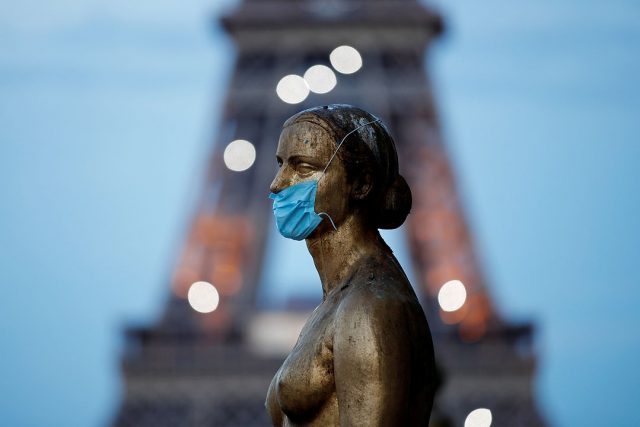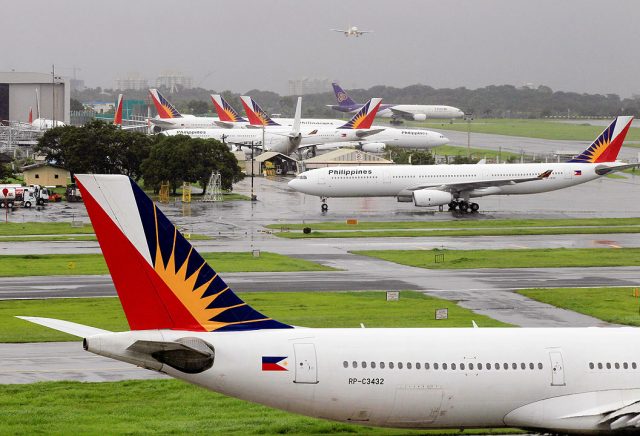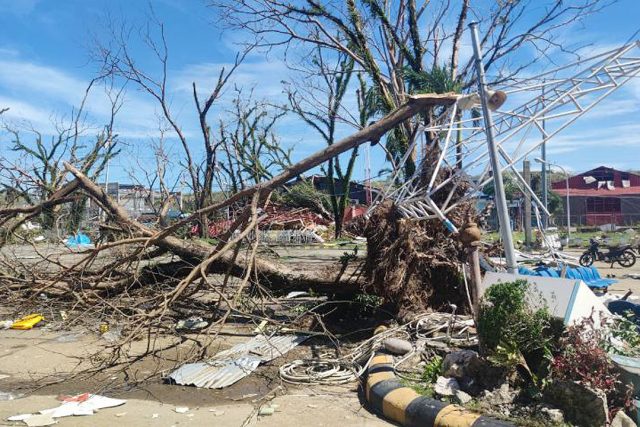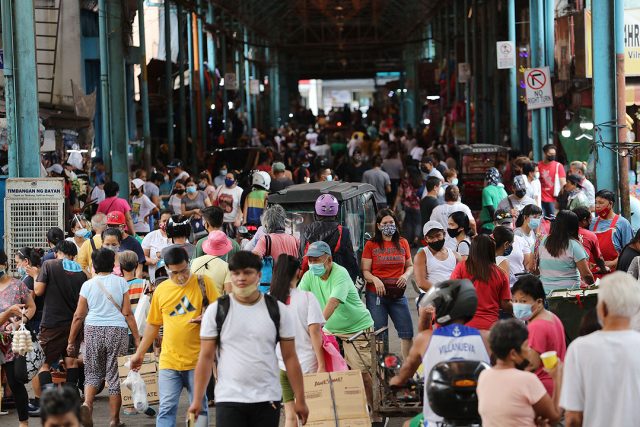By Kyle Aristophere T. Atienza, Reporter
President Rodrigo R. Duterte on New Year’s Eve raised the alert in Manila, the capital and nearby cities to Level 3 from Jan. 3 to 15 amid rising coronavirus infections.
The stricter lockdown was imposed after an exponential rise in COVID-19 cases in the past days, Cabinet Secretary Karlo Alexei B. Nograles told a televised news briefing, citing failure to observe health protocols and the likely spread of the highly mutated Omicron coronavirus variant.
The Philippines posted 2,961 coronavirus infections on Friday, weeks after health experts warned that the country might face a post-holiday surge.
This brought the total to 2.84 million, the Department of Health (DoH) said in a bulletin. Friday’s tally was almost double the 1,623 cases reported on Dec. 30, the highest in more than a month.
Meanwhile, the Health department has detected seven imported cases and three local cases of the Omicron variant, it said in a statement. The seven imported cases included six returning migrant Filipinos and a Malaysian, it said.
Of the three local Omicron cases, two were from the Bicol region while one was from the National Capital Region, DoH said.
Health authorities were investigating the local cases and tracing all their possible close contacts, it added. “While more definitive data is needed, the epidemiological investigation on the three local cases indicates there is a high possibility of local transmission.”
DoH said 10.3% of 30,526 samples on Dec. 29 had tested positive for the coronavirus, above the 5% benchmark set by the World Health Organization.
The country’s death toll from the virus hit 51,504 after 132 more patients died, while recoveries increased by 481 to 2.78 million.
There were 14,233 active cases, 628 of which did not show symptoms, 8,365 were mild, 3,197 were moderate, 1,701 were severe and 342 were critical.
The agency said 99% of the cases occurred from Dec. 18 to 31. The top regions with new cases in the past two weeks were Metro Manila with 1,981 infections, Calabarzon with 431 cases and Central Luzon with 179 cases.
It said 7% of the reported deaths occurred in December, 2% in November, 18% in October and 14% in September.
The Health department said 20% of intensive care units in the Philippines were occupied, while the rate for Metro Manila was 24%.
Authorities have traced the recent rise in infections to the fact that people have been moving more freely and have been ignoring health protocols during the holiday season.
Health experts have been urging the government to increase its testing capacity and boost sequencing amid the threat of the heavily mutated Omicron variant.
“The beginning of yet another surge is alarming,” said Joshua L. San Pedro, co-convenor of the Coalition for People’s Right to Health. He cited an increase in the country’s virus reproduction rate.
“We persist in having massive gaps in our pandemic response, such as the lack of free and accessible testing, weak contact racing mechanisms and inequitable vaccine distribution,” he said in a Facebook Messenger chat.
The Health department said 10 duplicates had been removed from the tally, seven of which were tagged as recoveries and one was reclassified as a death.
DoH said 232 patients had tested negative and were removed from the tally. It added that 117 recoveries were relisted as deaths. Two laboratories did not operate on Dec. 29, while six laboratories failed to submit data.
Mr. San Pedro, a medical doctor, urged authorities to address “glaring corruption in quarantine protocols.”
Local media earlier reported that a returning migrant Filipino worker had skipped quarantine because of her government connections and went to a party in the financial district of Makati City last week.
“We are at risk of losing any gains and perhaps having yet another overwhelming wave of infections that our health system, already in crisis, may not handle,” Mr. San Pedro said. “We urge for a revamp in the national leadership that will truly take on a proactive, grounded and rights-based pandemic response.”
The government aims to fully vaccinate at least 54 million Filipinos by year-end, as it faces threats from the highly contagious Omicron variant.
About 48.6 million people or 63% of the target population have been fully vaccinated against the coronavirus, according to the presidential palace.












